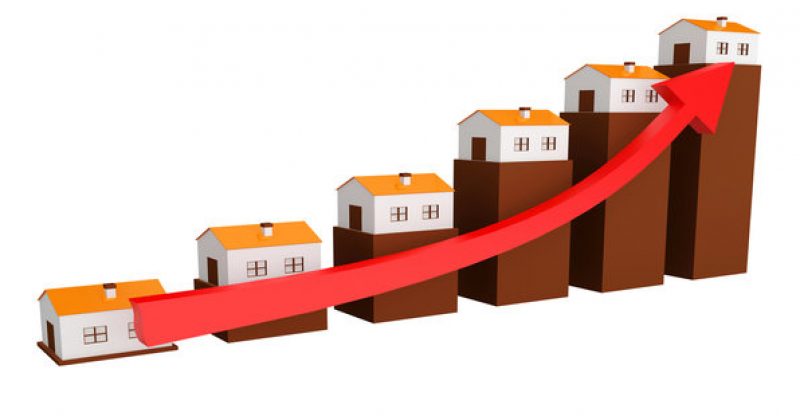Occupancy Rate Increases For Seniors
According to the new data released by the Canada Mortgage and Housing Corporation (CMHC) it revealed that the three most significant market in Ontario, British Columbia and Quebec’s seniors’ housing markets went slightly up in terms of the occupancy of seniors’ settlement areas.
CMHC explained that; “Standard spaces, also referred to as independent living, are those occupied by a resident paying market rent and who does not receive 1.5 or more hours of care per day. A non-standard space is one in which the residents are receiving at least 1.5 hours of care per day, spaces being used for respite and non-market spaces.” The metrics for standard and non-standard spaces was included in CMHC’s regional Senior’s Housing Reports.
For standard spaces vacancies in Quebec, it went down this year to 6.2 per cent unlike 6.8 per cent in 2016. During that same time, vacancy for non-standard spaces lowered to 5.0 per cent from its previous 5.5 per cent. Heavy care spaces had an average rent of $3,200 per month, while standard spaces costed $1,678. Ontario however saw a drop in vacancies for standard spaces by 10.4 per cent this year and 10.3 per cent for all spaces. The usual rent went up to $3,526 for standard spaces.
Kevin Hughes, the regional economist for CMHC Quebec regional said; “The progressive decrease of the vacancy rate in private retirement homes reflects sustained demand. But while 18 per cent of Quebecers aged 75 years and older live in a retirement home, the others opt for alternative forms of housing. It will be critical for us to understand the residential trajectory of baby-boomers as it will be a determining factor for the future of the housing sector and for society as a whole.”
The market analysis for Ontario and principal of CMHC, Jean Sebastien Michel mentioned; “The overall vacancy rate in Ontario reached the lowest level since 2001 as demand for seniors’ housing has outpaced supply. Vacancy rates dropped in more than half of the Ontario markets in 2017. Many areas showed signs of pent-up demand due to greater demand growth than growth in supply.”
In the meantime, the total vacancy rate for B.C. seniors’ living on their own went down by nearly two percentage point over the year to 4.5 per cent this year.





